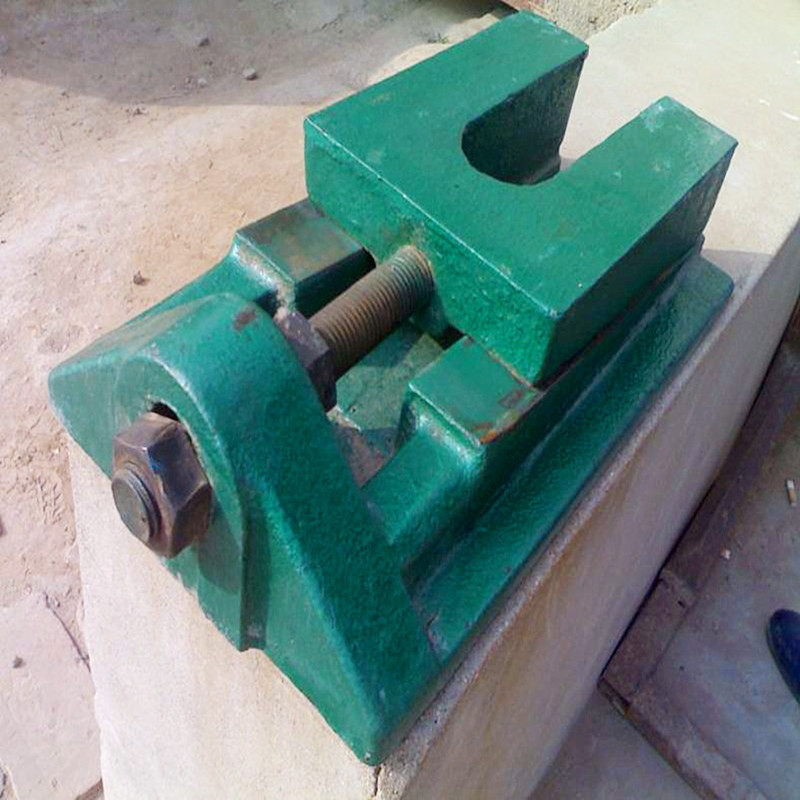Nov . 16, 2024 16:10 Back to list
control valve sizing
Control Valve Sizing An Essential Task for Process Efficiency
Control valves play a crucial role in a wide range of industrial processes, from chemical manufacturing to water treatment. Their primary function is to regulate the flow of fluids, ensuring that systems operate efficiently and safely. However, achieving optimal performance from a control valve begins long before it is installed; it starts with proper sizing. Control valve sizing is a vital task that directly impacts process efficiency, energy consumption, and system reliability.
Importance of Control Valve Sizing
The size of a control valve significantly influences how well it can perform its function. If a valve is too large, it may result in poor flow control, leading to instability in the system. Conversely, a valve that is too small may not be able to handle the required flow rates, which can cause pressure drops and potential equipment failures. Therefore, correct sizing is essential to maintain a balance between responsiveness and flow capacity.
Factors Influencing Control Valve Sizing
Several key factors must be considered when sizing a control valve
. These include1. Flow Rate The maximum flow rate required by the process is the first consideration. It is essential to determine both the normal operating flow and potential maximum flow during peak demand. Flow rates are typically expressed in gallons per minute (GPM), cubic meters per hour (m³/h), or other relevant units.
2. Pressure Drop Understanding the pressure drop across the valve is crucial. This can be influenced by factors such as the velocity of the fluid, the type of fluid being handled, and the configuration of the piping system. A significant pressure drop may indicate that the valve is undersized or that the system needs adjustments.
3. Fluid Characteristics The physical properties of the fluid—such as density, viscosity, and temperature—affect how it flows through the valve. For instance, viscous fluids may require larger valves or different designs to ensure optimal performance.
control valve sizing

4. Valve Type There are various types of control valves, including globe, ball, and butterfly valves, each with its unique flow characteristics. The chosen valve type must align with the process requirements, as different designs have different Cv (flow coefficient) values that determine how easily fluid can pass through them.
5. Installation Conditions The installation configuration—such as straight runs of pipe before and after the valve, elevation changes, and the presence of fittings—can influence flow behavior and should be factored into the sizing calculations.
The Sizing Process
Control valve sizing typically involves a series of calculations. Engineers will use formulas to determine the required valve flow coefficient (Cv), which is a measure of the valve’s capacity to allow fluid to flow. The basic formula is
\[ Cv = \frac{Q}{\sqrt{\Delta P}} \]
Where \( Q \) is the flow rate in gallons per minute (GPM) and \( \Delta P \) is the pressure drop across the valve in pounds per square inch (psi).
Once the required Cv value is calculated, the engineer will consult manufacturer data and charts to select a valve that meets or exceeds the calculated Cv while also considering other factors such as cost, availability, and materials of construction.
Conclusion
In summary, control valve sizing is a critical step in ensuring that industrial processes run smoothly and efficiently. By taking into account flow rates, pressure drops, fluid characteristics, valve type, and installation conditions, engineers can accurately size control valves to meet the demands of their systems. Proper sizing not only enhances performance but also contributes to energy savings and prolongs the life of equipment. As industries continue to evolve and demand more efficient processes, expertise in control valve sizing will remain a vital skill for engineers and process technicians alike.
-
Y Type Strainer Maintains System Efficiency Long TermNewsJul.15,2025
-
Valve Selection Guide for Industrial ApplicationsNewsJul.15,2025
-
Steel Fab Table Provides Durable Work Surface for WeldingNewsJul.15,2025
-
Pad Iron Provides Stable Support for Heavy MachineryNewsJul.15,2025
-
One Inch Check Valve Fits Standard Plumbing SystemsNewsJul.15,2025
-
Measuring Micrometer Ensures Precise Dimensional AccuracyNewsJul.15,2025
Related PRODUCTS









